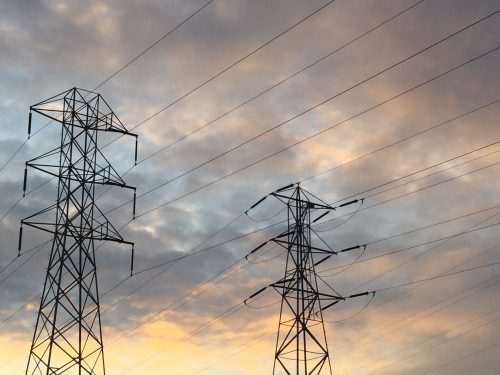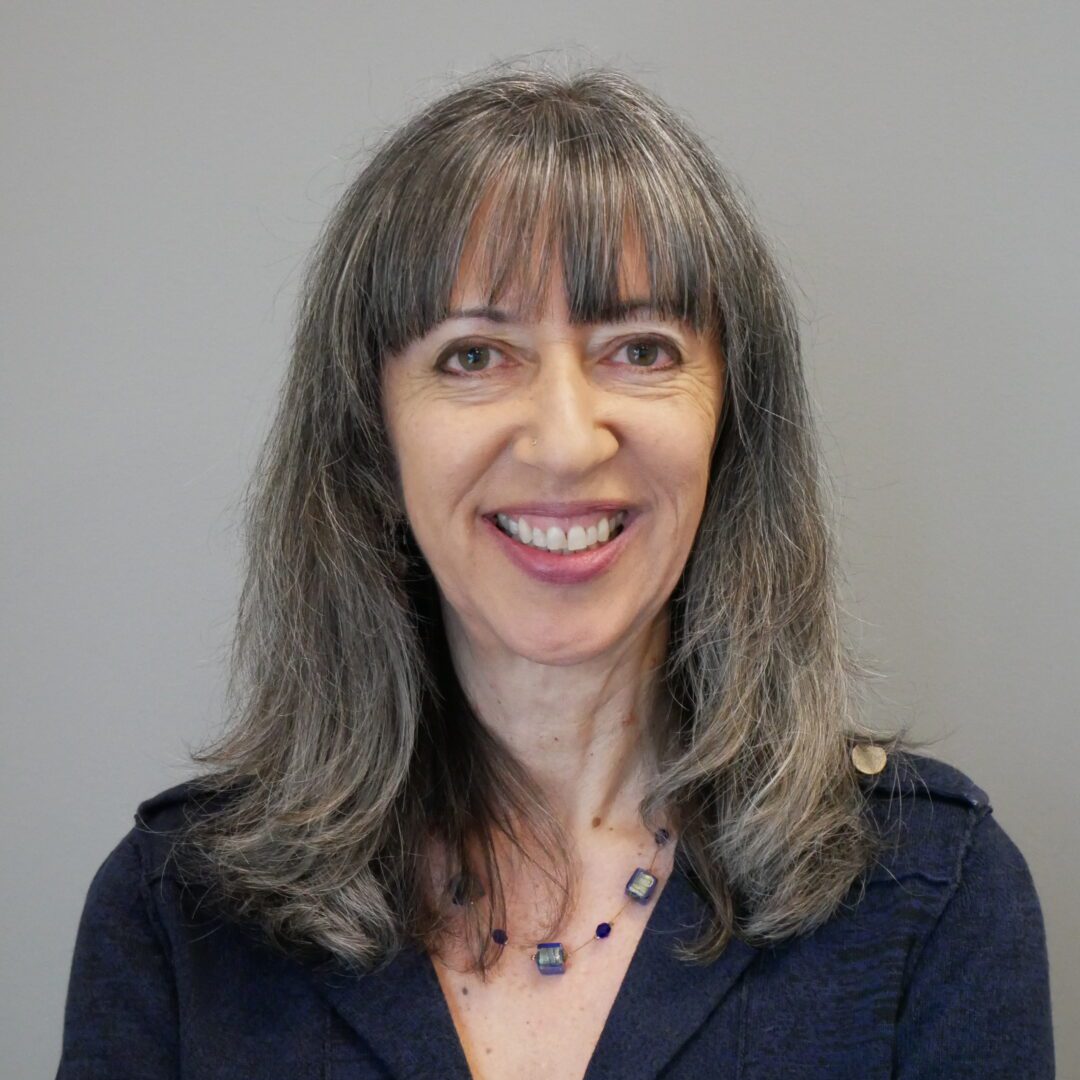
Fixing an unfair charge to Californians that harms clean local energy: The latest on the TAC campaign
Transmission Access Charges in California are now assessed unfairly, but we can fix this system.
Should local renewables be charged for a transmission grid they don’t use to reach customers? And should all utility customers foot the bill for these extra, unnecessary transmission lines that could be avoided if we invested more intelligently?
The answer might seem obvious, but that’s exactly what is happening in California.
A broken system
The fees for using California’s transmission grid, Transmission Access Charges (TAC), are currently being applied in a way that’s outdated, unfair, and inconsistent.
TAC are designed to pay for the state’s transmission system. It makes sense to pay for a system that we use; what doesn’t make sense is the way these charges are currently assessed. The California Independent System Operator (CAISO), which manages the grid, now charges the large investor-owned utilities TAC on every kilowatt-hour (kWh) delivered across a customer’s meter – even if that energy was not delivered through the transmission system. And the utilities pass those costs along to all of their customers.
TAC adds about $0.03 per kWh to the cost of energy over a 20-year contract. That may not sound like much, but it adds up to about 30% of the wholesale value of energy in California.
This means that energy from local renewables is hit with transmission costs, even though it never touches the transmission grid. And that artificially inflates the cost of clean local energy. This system also incentivizes the construction of transmission-dependent energy, which drives the construction of more transmission infrastructure. We all pay for that. If this problem is not fixed, Californians will pay nearly $40 billion too much in electricity transmission costs over the next 20 years.
How to fix TAC
Fortunately, we can fix the TAC problem. We can adopt a system already being used by most of California’s municipal utilities: charge TAC only for energy that is delivered through the transmission system.
This would be a more equitable way to assess TAC, and it would apply a consistent method for assessing this charge across all utilities. In addition, it would incentivize clean local energy by removing the extra unfair charges that are currently inflating its price. As a result, there would be less need to build more transmission infrastructure, which would mean lower electricity costs for all Californians.
How the Clean Coalition is leading to fix TAC
Since the Clean Coalition launched ourTAC campaignnearly two years ago, we’ve been working diligently to change the way CAISO levies transmission fees. Our campaign has amassed the support ofnearly 80advocacy groups, solar developers, and other high-profile organizations.
Last winter, the Clean Coalition sponsoredSenate Bill (SB) 692, coauthored by Senator Ben Allen and Assemblyman Marc Berman, to force CAISO to address the TAC issue by implementing a statewide “user-pays” approach. The Clean Coalition and its supporters parked SB 692 in the Assembly Committee on Utilities and Energy to give CAISO the opportunity to address this issue through its stakeholder process. We can revive SB 692 next year if CAISO fails to deliver on its promise to address the issue.
This summer, CAISO started the Review TAC Structure initiative to gather input from stakeholders on our proposed solution, and the Clean Coalition led its team of supporters to ensure the TAC fix proposal is adopted. Clean Coalition staff presented at the TAC Structure Working Group on August 29, and addressed questions and comments on the TAC initiative at a CAISO meeting on September 25. We intend to gain more support for the TAC fix over the coming months and plan on holding an overview webinar in the near future.
The Clean Coalition is making good progress and is more determined than ever for this solution to be available for all affected California ratepayers.

